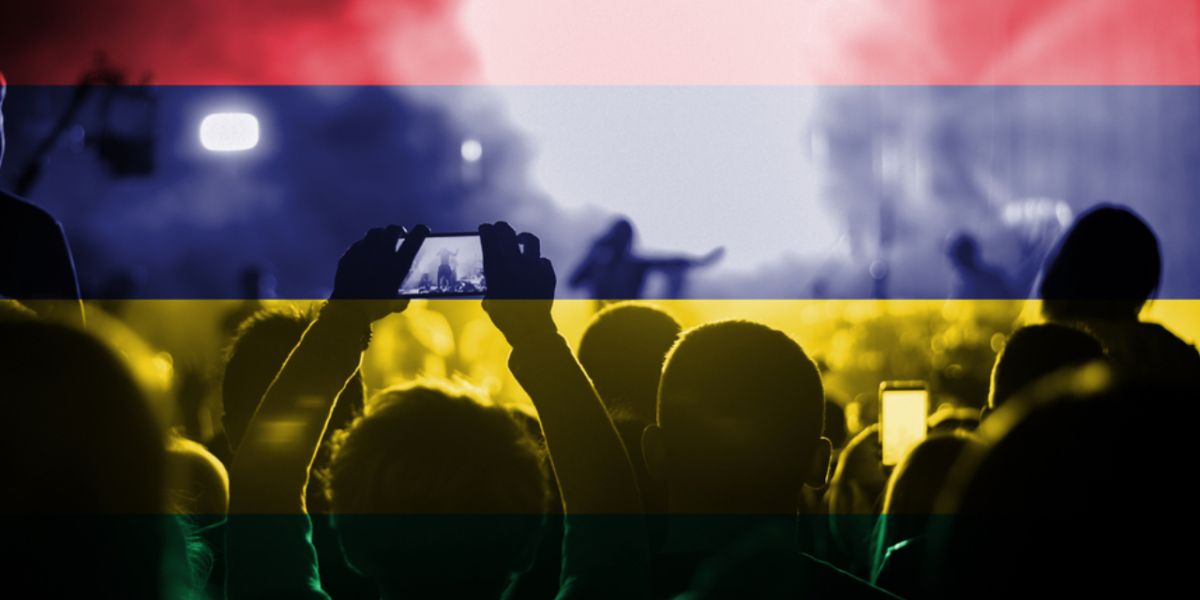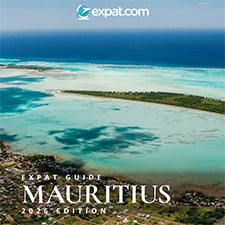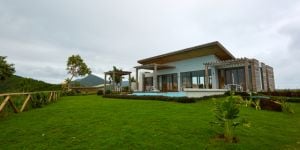
Mauritius is an island with a rich history. From 1507 when it was discovered by the Portuguese, until it became a Republic in 1992, here's what you need to know about the island if you're looking to relocate there.
In the 5th century, Arab navigators visited the island and gave it the name of Dina Arobi.
1507: The Portuguese discovered it and named it Ihla do Cirné.
1598: The Dutch landed on the island and named it Mauritius, in honor of Prince Maurice of Nassau. A few years later, the island became a supply point for ships on the route to India. The Dutch exploited the forests, mainly ebony, and developed the cultivation of sugarcane.
1721: The French arrived and renamed the island "Isle de France". Enslaved persons worked on the sugar plantations managed by the French. Pirates and privateers plundered English ships sailing to the East Indies.
1735: The development of the island was marked by the arrival of Governor François Mahé de La Bourdonnais, who enslaved people to develop the port of Port Louis and build an arsenal.
1810: After a hard battle, the British take possession of the island.
1814: The island was officially attached to the British Empire and was renamed Mauritius.
1835: Slavery is abolished.
1834 to 1910: The abolition of slavery pushed the colonists to hire Indian workers. The "Coolie Trade" provided the labor force to work in the cane fields. Although they were free men, the Indian immigrants worked in enslaved-like conditions. Later, the first Chinese immigrants arrived.
1968: March 12 marked the independence of Mauritius, which became a democratic country.
1992: Mauritius became a Republic.
The Republic of Mauritius
The President of the Republic is the Head of State and the Supreme Commander of the Armed Forces. Executive power is held by the Prime Minister who heads the government. Members of Parliament are elected every 5 years by universal suffrage. The composition of Parliament is divided into 70 seats, including 62 representatives elected by universal suffrage and 8 additional seats known as "best losers", designated for fair representation of minority communities.
The Mauritian Flag
The flag of the Republic of Mauritius consists of 4 horizontal stripes: red, blue, yellow and green. The interpretation of the colors is subjective and varies according to one's historical interpretation:
- Red as the flamboyant. Symbol of the blood spilled by the enslaved people and coolies who built the island.
- Blue like the sky and the ocean. Symbol of the Southern islands.
- Yellow as the golden sand beaches. Symbol of the sun and light.
- Green like the immense fields of cane. Symbol of fertility.
The Mauritian National Anthem
The National Anthem was written by Jean-Georges Prosper and composed by Philippe Gentil in 1968 for the celebration of the Independence of Mauritius. Only the English version is official:
Glory to thee, Motherland
O Motherland of mine,
Sweet is thy beauty,
Sweet is thy fragrance,
Around thee we gather,
As one people,
As one nation,
In peace, justice and liberty,
Beloved country,
May God bless thee,
For ever and ever
We do our best to provide accurate and up to date information. However, if you have noticed any inaccuracies in this article, please let us know in the comments section below.









